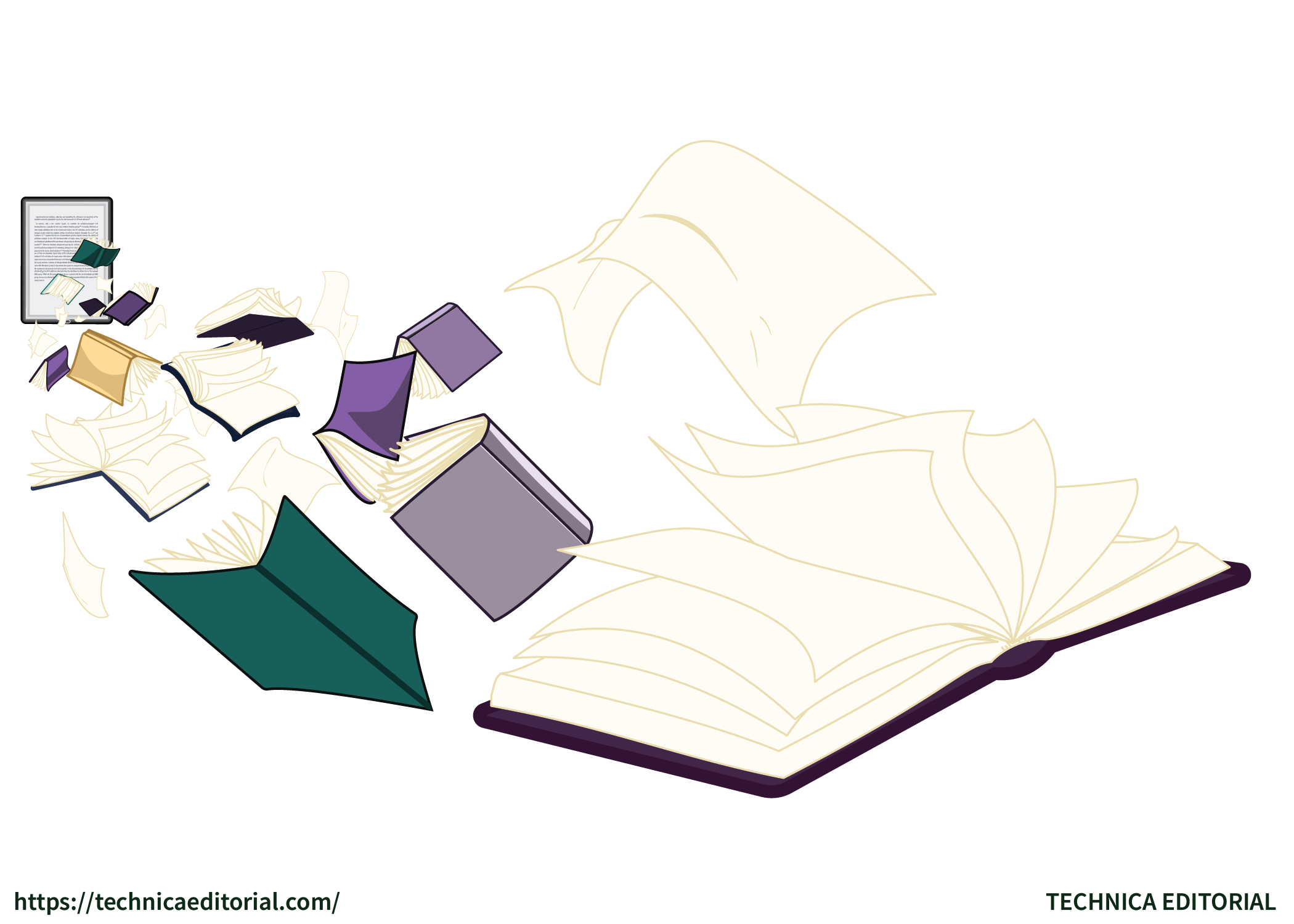For editorial staff, it can be frustrating when authors submit manuscripts that clearly don’t follow the journal guidelines. This could be because authors didn’t read through the guidelines before submitting, but it could also be that the author guidelines are confusing, hard to read, or contradictory. It’s important to review your guidelines periodically to make sure that they capture all of the information authors need to know before submitting. Here are some tips that can help you create instructions that will increase author compliance (and reduce headaches!).
Make sure you include instructions on how authors can submit their manuscript to the journal’s online platform. Consider using visual elements like videos or GIFs that clearly walk authors through the process of navigating to the submission site and completing the electronic submission form.
Make sure the section that focuses on manuscript formatting guidelines is clear and concise. Focus on the high points, especially any requirements that, if not met, would lead to the paper being returned to the authors. For example, if your journal has word count or figure limits, or if your journal is double-blind and authors need to submit both blinded and unblinded copies of their manuscript, make sure this is emphasized.
Consider creating tools like Word templates and reference macros that are available through the guidelines. These tools will make it easier for authors to submit to your journal while following the journal’s style and help ensure their submission experience is positive.
If your journal gets a high number of submissions from a country where most authors are not native English speakers, consider creating translations of author instructions. This will help increase compliance and promote the journal’s reputation as being diverse and inclusive.
Make sure that your instructions are laid out in a way that is easy to read, as well as easy to navigate. Use display items like tables and bulleted lists. We’ve all experienced our eyes glazing over when reading through long paragraphs of text, so try to avoid this. Also, including a hyperlinked table of contents or navigation sidebar will help authors quickly and easily access information they need.
Make sure that the guidelines are updated regularly. If an editorial policy changes in-house, such as figure placement or reference style, update the guidelines as soon as possible. Authors will get frustrated if they prepare their manuscript according to the guidelines provided, only to find out upon submission that that information is outdated.
While there is no way to guarantee that all authors will comply with submission guidelines, following these best practices will certainly help, leading to faster processing times, a more positive author experience, and a happier editorial staff!
Have you created author guidelines for your journal? What has your experience been? We’d love to hear your thoughts in the comments below!





